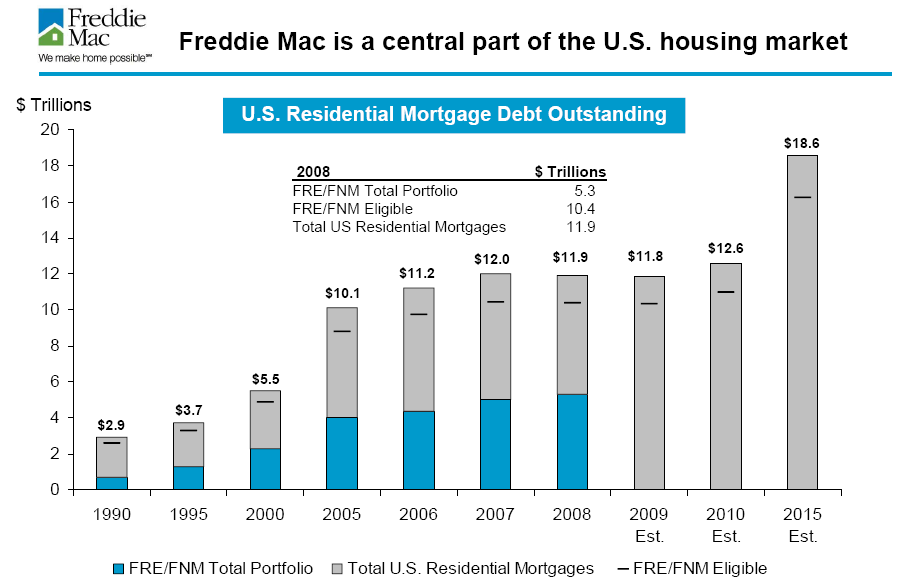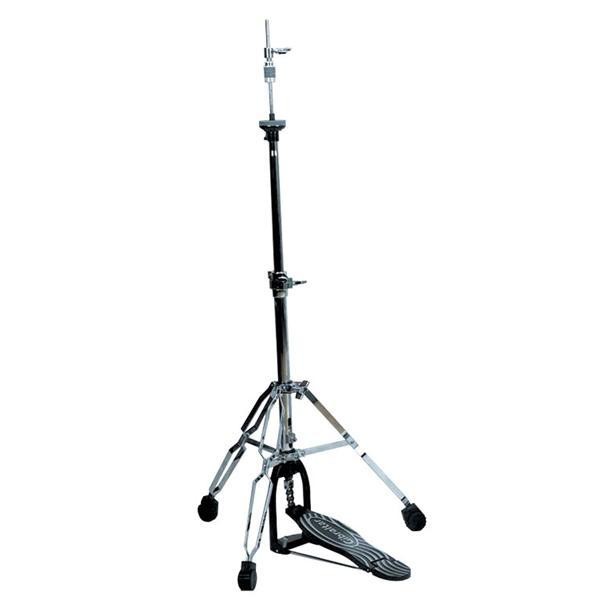Ginnie Mae bonds safety rates Bankrate Inc
Post on: 7 Апрель, 2015 No Comment

Ginnie Mae bonds: safety & rates?
Posted: 12 pm ET
Inspired by a question on a previous blog post, I thought I’d tackle Ginnie Mae bonds, or GNMA bonds, in today’s blog post.
Leon Turner asked, What do you think of Ginnie Maes these days?
I don’t know a lot about them, so I started investigating and spoke with Donald Cummings Jr. managing partner at Blue Haven Capital, in Geneva, Ill.
Ginnie Mae, the Government National Mortgage Association, is a government-owned agency.
Ginnie Mae bonds give investors slightly higher yields than comparable Treasury securities — historically, they’ve yielded about 50 basis points more than a similar Treasury security .
According to Ginniemae.gov, Ginnie Mae guarantees principal and interest payments to investors of mortgage-backed securities backed by federally insured loans — or loans insured by other government entities such as the FHA, VA or rural housing services.
Unlike the mortgage-backed securities issued by cousins Fannie Mae and Freddie Mac, Ginnie Mae securities are backed by the U.S. government.
The full backing of the government makes GNMA bonds safer for investors. But there are still risks associated with them.
They’re ultimately safe because it’s a U.S. Treasury agency, but if you go out and buy a Treasury security at $110, you don’t have it prepaying at 100 cents on the dollar the next day. With the Ginnie Mae, (it) can. It’s not just subject to interest rate risk but also prepayment risk, says Cummings.
It’s what is called structural risk. It’s not credit risk, but the investor doesn’t know if they have a 1-year instrument or 30-year, he says.
Here’s how they work, in a nutshell. A number of mortgages are packaged together to form a pool. In order for investors to buy them, the pool must be of a certain size, in dollar terms. If the mortgages in that pool are paid early, investors get their money back. Essentially, the GNMA bonds are callable anytime.
The bonds are also known as pass-through securities because homeowners make their payments to the bank, which takes a portion of the payment as a fee and then sends the money on to Ginnie Mae.
Like all bonds. they are also subject to interest rate risk as well. When interest rates rise, the prices of existing bonds will fall. Newer issues have higher yields so buyers of the discounted bonds get an equivalent yield to the new bonds when you factor in the reduced price.

For the DIY-investor, individual bonds can be tough to buy. They have a steep initial investment of $25,000. Subsequent investments can be as little as $1, but it depends what brokerage you’re buying them through.
Also, it can be hard for buyers to know that they’re getting the best price.
Part of the problem is that it is hard to compare apples to apples. I’m not sure that it is an investment I would recommend an investor purchase through any stock broker. It’s too easy for the brokerage to slip (a) 2 or 3 percent commission in there, Cummings says.
Ginnie Mae mutual funds, on the other hand, are a more approachable option.
Look for an experienced fund manager and low expenses.
In such a low interest rate environment you really have to watch the costs because they will eat into the yield. You need expenses to be 40 basis points instead of 140, Cummings says.
What do you think about GNMA bonds or mutual funds now?














